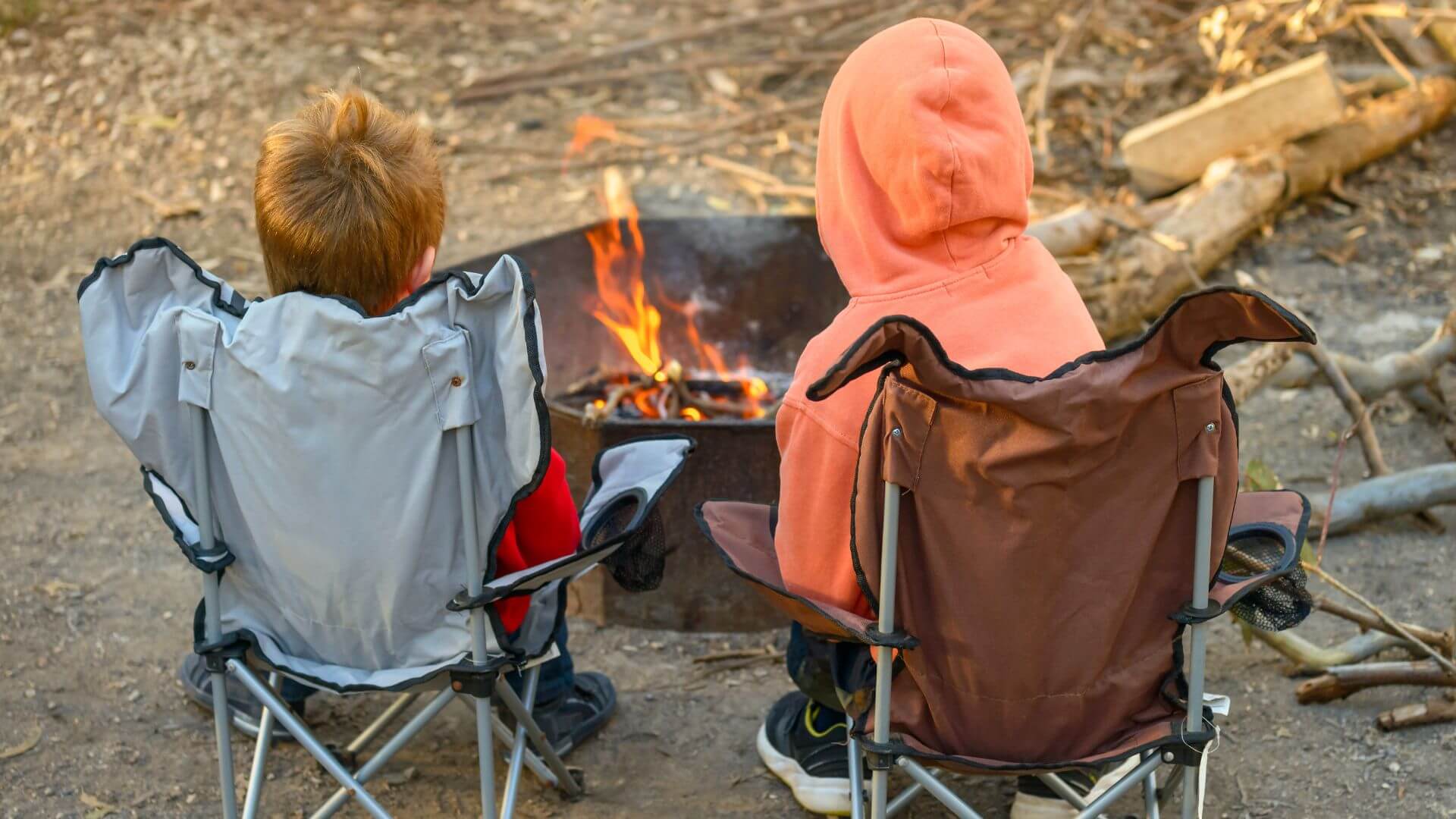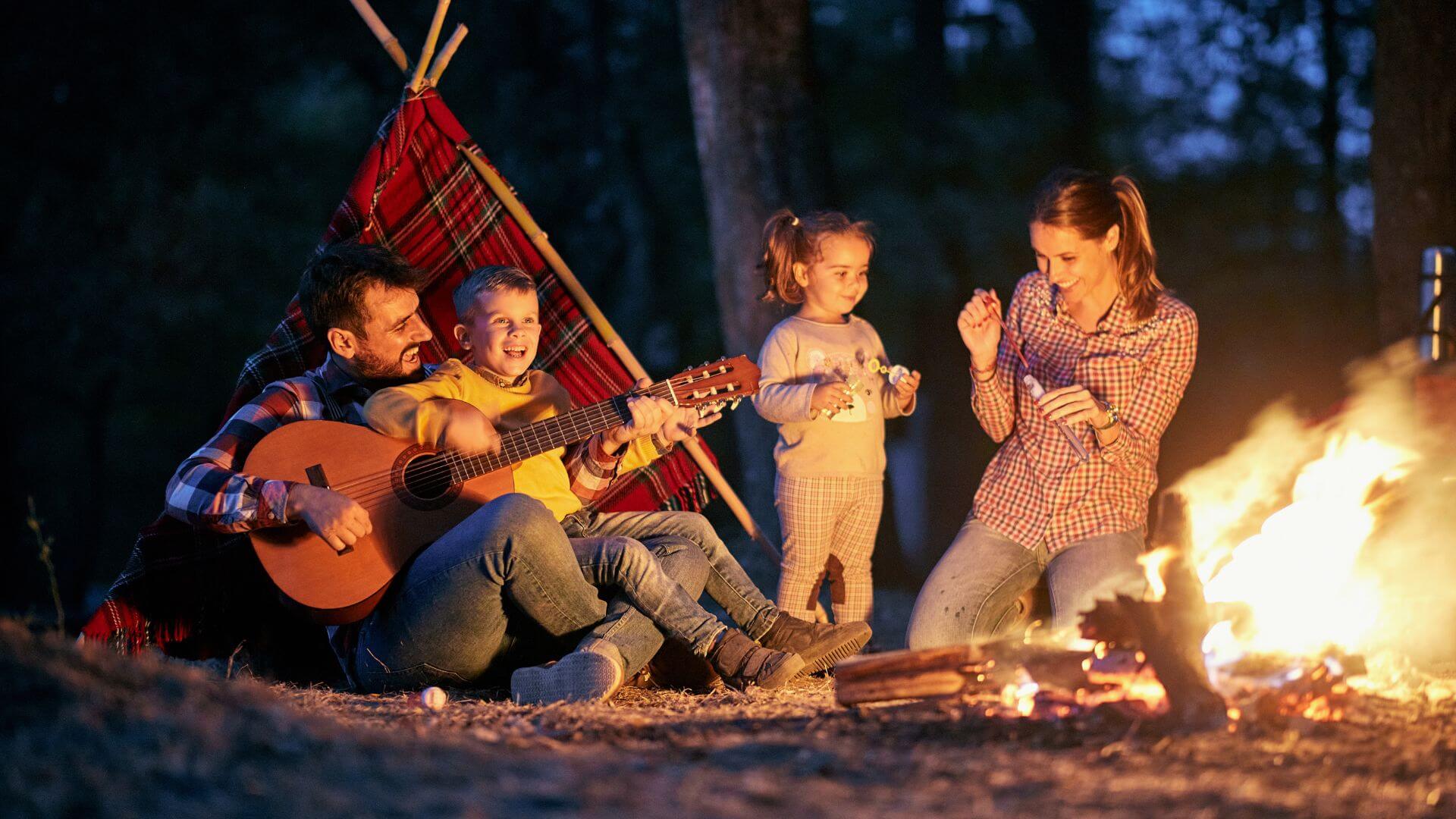Wondering about the best time to see wildlife with your kids? A little timing and planning can turn any family trip into a wild adventure.
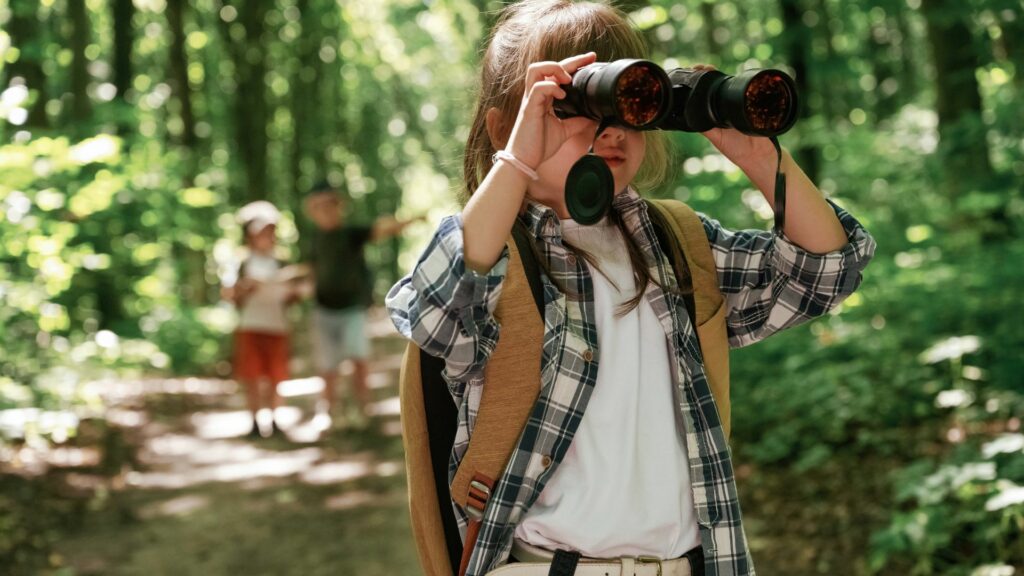
Observing animals in their natural habitats can be a memorable and enriching activity for families.
Whether you are taking a weekend trip to a nearby park or planning a larger vacation, knowing the best times and locations to spot wildlife can make the experience more rewarding.
Timing, season, and environment all play important roles in determining what you will see.
Best Time to See Wildlife: A Family Guide to Nature’s Wonders
Watching wildlife in its natural habitat is magical—especially when shared with kids. Whether it’s spotting deer at dawn or hearing frogs sing at night, these moments create lasting family memories. But knowing the best time to see wildlife makes a big difference.
In this guide, we’ll help you plan family wildlife trips by sharing top destinations, key times of day, and seasonal insights. You’ll also get tips for wildlife watching with kids that are fun, respectful, and safe.
Nature’s Peak Hours
Many animals are most active during the cooler parts of the day. Early morning hours often bring sightings of deer grazing, songbirds feeding, and foxes retreating after a night of activity.
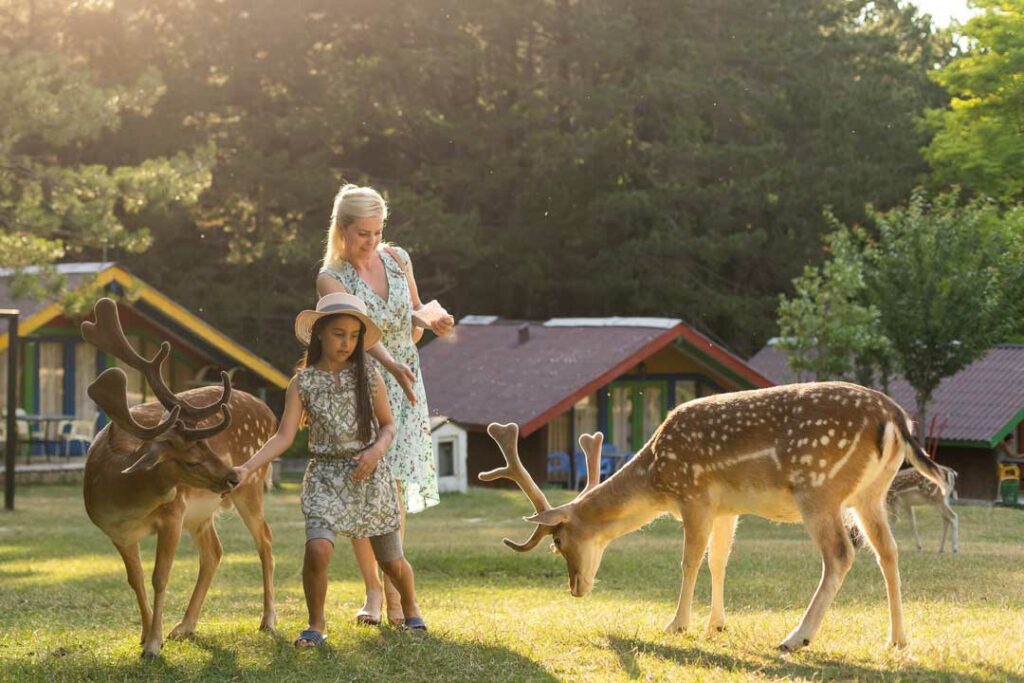
Dusk can be just as eventful, with owls beginning their hunts, bats leaving their roosts, and larger mammals such as raccoons or coyotes venturing out.
Planning walks or hikes during these hours increases the chance of spotting wildlife while avoiding the heat of midday.
Seasonal Opportunities to Spot Wildlife
Different times of year offer unique chances to see animals that may not be visible otherwise. Spring is often associated with nesting birds, new fawns, and other young animals taking their first steps into the world. Summer brings more insect activity, which attracts bats, swallows, and frogs.
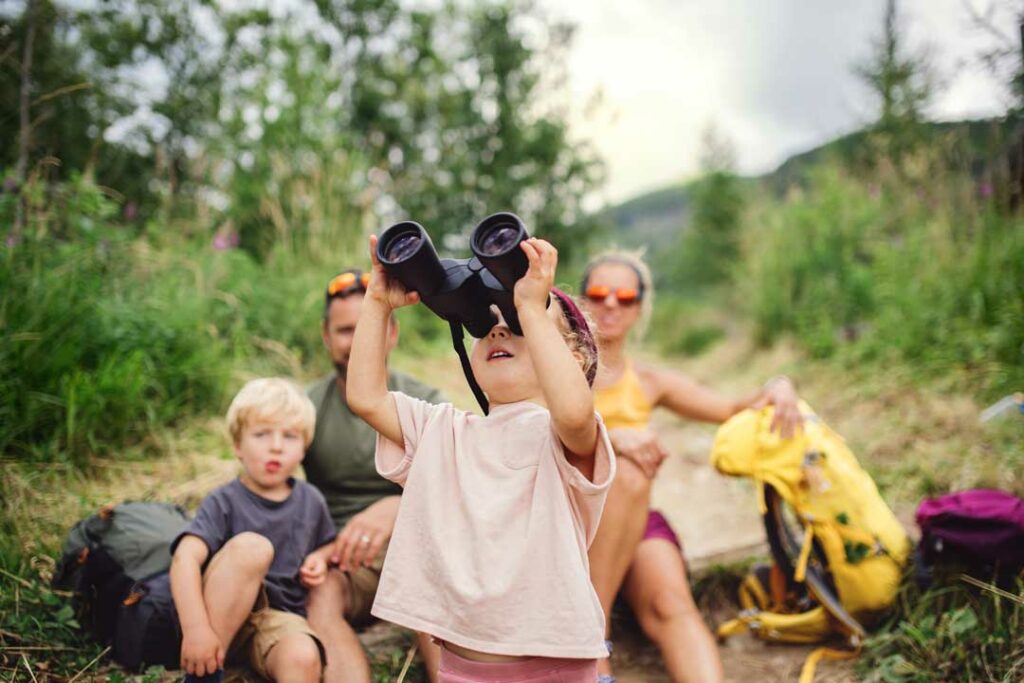
Autumn offers the sight of migrating birds, while bears and squirrels can be seen preparing for hibernation. Winter may seem quiet, but it provides opportunities to track animals in the snow or witness gatherings of species like bald eagles near open water.
Choosing the Right Habitat
Every species depends on a particular environment and knowing where to look is just as important as when. Wetlands attract herons, beavers, and amphibians.
Forests provide homes for deer, woodpeckers, and small mammals like chipmunks. Open fields may reveal hawks circling above or rabbits darting through the grass.

Coastal areas can be particularly exciting for families, offering views of seals, shorebirds, and even whales if the season is right.
Wildlife Etiquette for Families
While spotting animals is exciting, respecting their space is essential. Staying on designated trails prevents habitat damage and reduces stress on the animals.
Bringing binoculars instead of trying to get close ensures both safety and a better view. Teaching children to stay quiet, move slowly, and avoid feeding wildlife helps preserve the animals’ natural behaviors.
Global Adventures and Unique Experiences
Beyond local parks, international destinations can provide extraordinary wildlife encounters. For example, families researching what to see in New Zealand will find opportunities to spot kiwis, fur seals, and even glowworms in caves.
Africa offers safari experiences, while South America has rainforests filled with parrots, monkeys, and rare amphibians. While not every family trip will be international, exploring beyond familiar environments can create lifelong memories and broaden children’s appreciation of the natural world.
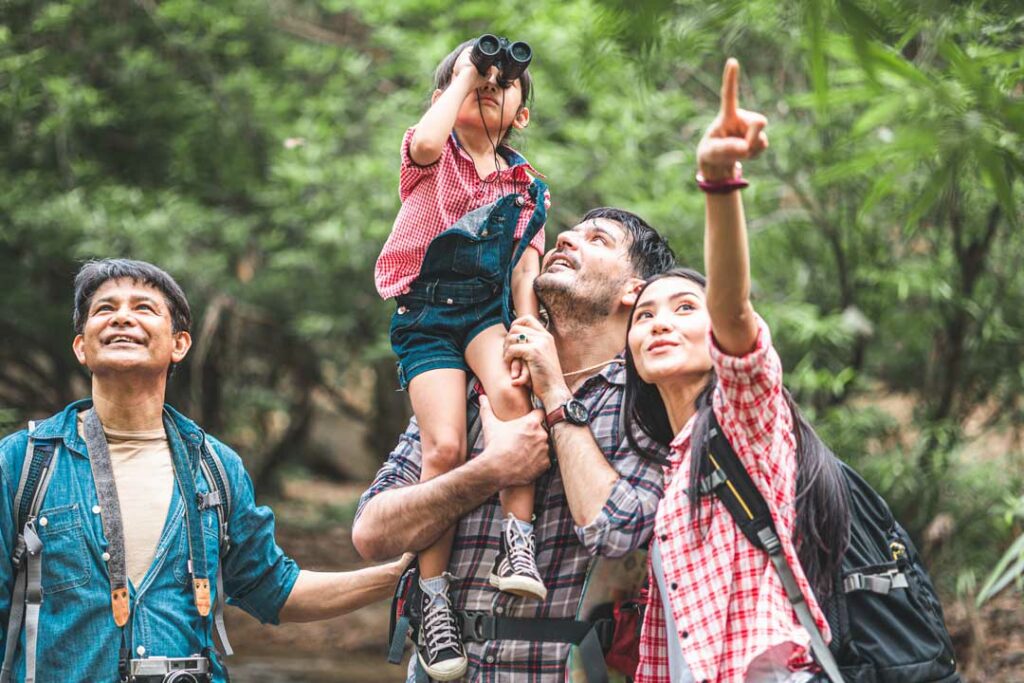
Wildlife encounters require patience and planning, but the rewards are lasting. Choosing the right time of day, season, and location allows families to experience nature in its most vivid form. With respect for the environment and a spirit of curiosity, every outing can offer something new and exciting to discover. Look over the infographic below to learn more.
Family Wildlife Trips: Best Times and Places to Go
Respecting nature while enjoying it helps children build lifelong curiosity and care for the world around them. By learning the best time to see wildlife, your family can enjoy amazing animal encounters without disrupting delicate ecosystems.
From early morning hikes to international safaris, each trip brings a new chance to connect, learn, and grow together. So grab your binoculars, pack your snacks, and start planning a family wildlife trip your kids will never forget.

Jessi is the creative mind behind The Coffee Mom, a popular blog that combines parenting advice, travel tips, and a love for all things Disney. As a trusted Disney influencer and passionate storyteller, Jessi’s authentic insights and relatable content resonate with readers worldwide.

